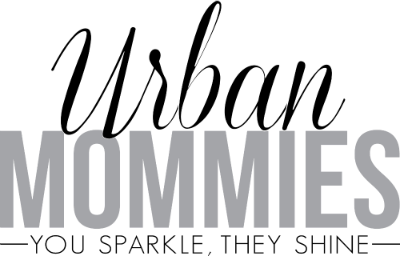After searching for the perfect nanny, how are you going to pay her? In determining the nanny’s status as an employee or as an independent contractor, the Canada Revenue Agency does the following tests:
1. Control: Are you specifying the work to be done? Are you specifying the working hours and are you reviewing the work that was done?
2. Tools & Equipment: Are you retaining the right of use over the tools and equipment that the nanny uses for the work? Are you supplying the necessary equipment for the nanny to use to care of the children (e.g. high chair, crib, stroller) when the nanny is at work?
3. Financial Risk: Are you reimbursing the nanny for costs of children activities (e.g. entrance fee for zoo, Science World or a play group)? Are you reimbursing the nanny for the costs of transportation during work time?
4. Integration: Do you have a continuous relationship with the nanny?
If you answered “NO” to all of the above questions, your nanny is an Independent Contractor. She must supply you with an invoice and you pay her the amount that is on the invoice.
Employee vs. Independent Contractor
If you answered “YES” to any of the above questions, your nanny is deemed as your Employee and you are the Employer. This is regardless of whether your nanny is full time, part time, live in or live out.
As an Employer you are responsible for providing a contract of employment for your employee. You have the right to choose the nanny/worker, and set the terms and conditions of employment. You are also responsible for making sure those terms and conditions meet the conditions required under the province’s Employment Standards Act.
Payroll requirements as an employer
- You must register for a business number with Canada Revenue Agency (CRA)
- You must provide your nanny with a wage statement (also known as a pay stub) detailing the number of working hours, salary rate and other requirements
- You must remit payroll withholding taxes to CRA. This includes the nanny’s income tax, CPP (Canada Pension Plan), EI (Employment Insurance) and the employer’s portion of CPP and EI
- You must provide a T4 to your nanny at the end of each fiscal year and file your T4 summary to the CRA by the deadline. Should you file late, you will be penalized a late fee starting at $100 and then $10 per day after that, up to $1000
- You must provide a Record of Employment to the nanny when employment is concluded
Employers must keep payroll records including
- Nanny’s name and date of birth, date the employee started work, wage rate, hours worked each day, amount and type of benefits, gross and net wages, amount and purpose of each deduction, dates statutory holidays were taken, the amount of pay earned, dates of annual vacation, and the amount of vacation pay earned. These records must be kept at the employer’s residence or a payroll company, for six years after the worker’s employment ends.
- You may have to register for Workers’ Compensation coverage for the nanny
Related:
________
How to hold onto a great nanny
_________
Linh Tsiu is the founder of Caregiver Tax Services. Based in British Columbia, Caregiver Tax Services specializes in providing a complete range of payroll, taxation and accounting services to households employing a nanny or caregiver for the elderly or disabled. www.caregivertax.ca





Thanks, very informative.
Very useful information provide for anyone who require extra help (labour) for home setting. Thank you.
What about an au pair that is here in a work and travel visa?